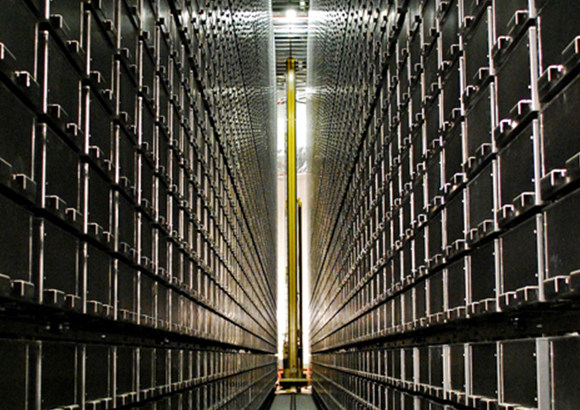
In 1910, under the direction of University Librarian, J.C.M. Hanson, the University of Chicago library adopted the Library of Congress cataloging system making it one of the first private institutions to organize its collections in a continuous and undivided fashion. Director Hanson's decision enabled the University of Chicago library to evolve into one of the world's best organized and most easily accessible collections.
As a premier research institution, the library today is widely recognized as an institution that is uniquely adapted for scholarly research due to its easily navigated and accessible collections. Not only has this trait attracted noted researchers but serves as a major draw for undergraduate and graduate students to the University. Additionally, major University staff and instructors find the easily accessible collections a major draw for wanting to work specifically at the University of Chicago over other institutions.
So, in 2002, when the University began planning for a library expansion to help address the need for more storage capacity, a global reputation was at stake.
The library has over 7 million volumes spanning 6 libraries. 80% of these volumes are stored in 2 adjacent libraries; Regenstein & Crerar. In 2002 it was realized that by 2007 the libraries would be functionally full. As a dedicated research team was formed to begin studying expansion solutions it was understood that a key goal would be to figure out a way to keep all collections on campus and readily accessible. The planning committee began on an exhaustive study of numerous solutions that included evaluation of various offcampus and on-campus scenarios. After scrutinizing solutions that included stack shelving, compact shelving and the Harvard model, it was concluded that Dematic's Automated Library System (ALS) solution provided the unique traits that the University of Chicago was looking for.


The ALS solution was selected as the ideal way to address the libraries key goals to keep its collections on campus and readily accessible. By using the ALS solution, the University of Chicago was able to realize greater than 50% higher storage capacity and an access time of less than 5 minutes to any item stored within the ALS vault. Additionally, the ALS proved ideal for maintaining and monitoring temperature and humidity requirements for the libraries large archival collection.
Located within the campus, and next to the Regenstein library, the ALS design for the University of Chicago's new Mansueto library incorporates a combination of bins and shelving units that can be automatically retrieved and delivered to any of 12 pick stations that are positioned on the first floor level of the new library. What makes this ALS design unique is that it is located below the first floor. Operating beneath this new architectural curved glass wonder are 5 robotic cranes accessing and retrieving millions of volumes within minutes of an electronic request from a library patron or staff member.
"Long-term Considerations Programmatic Growth vs. Facility Obsolescence The Library's projections for future collection size account for reduced rates of growth for certain materials, such as journals, which are now increasingly digitized. Yet the research needs of faculty and students will still require that millions of volumes of collections in print form remain on campus. In contrast, an off campus facility cannot easily be repurposed for the future needs of the Library. An on-campus addition with high-density automated shelving can thus be seen as part of a long-term capital investment strategy for the University."